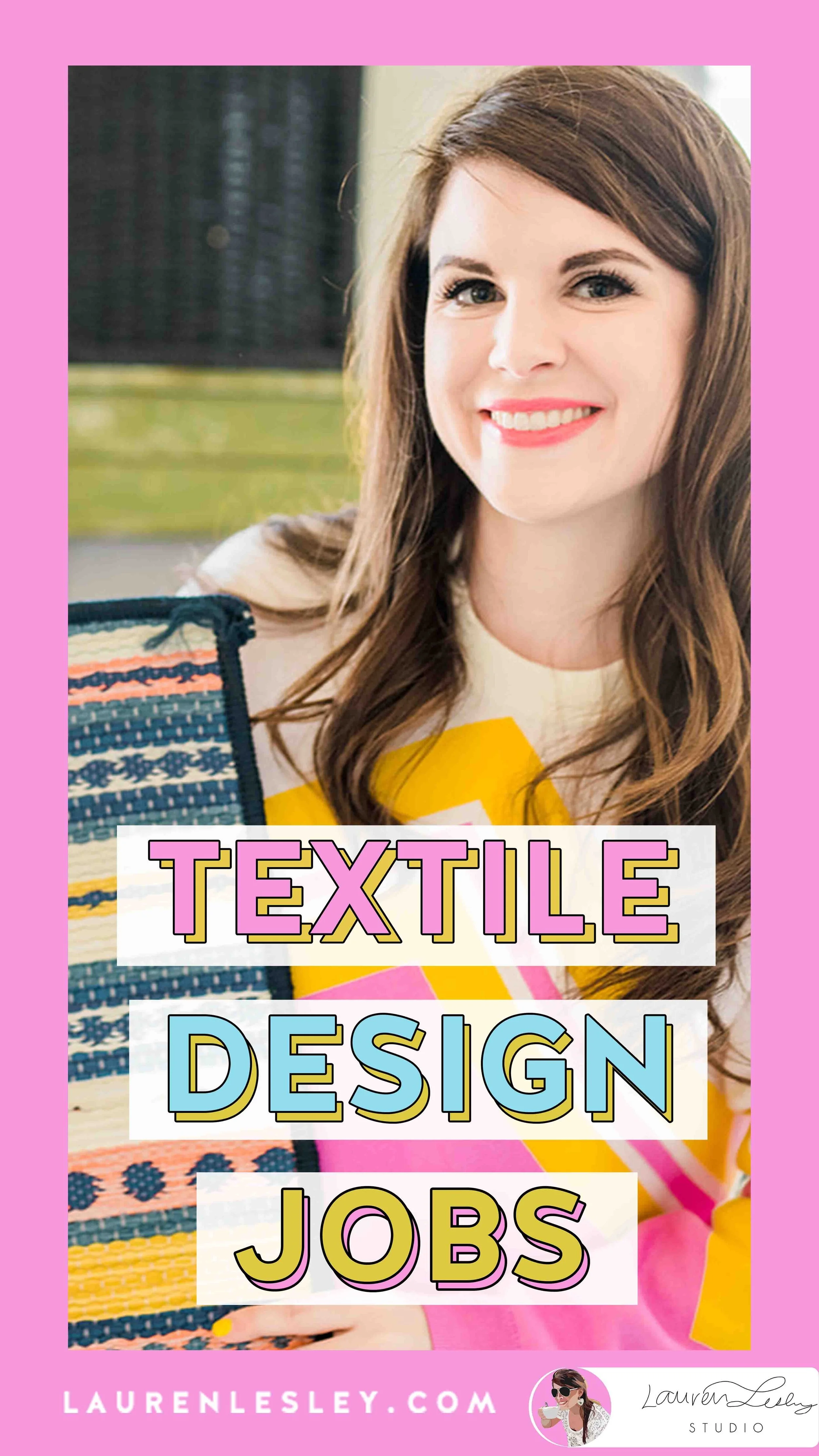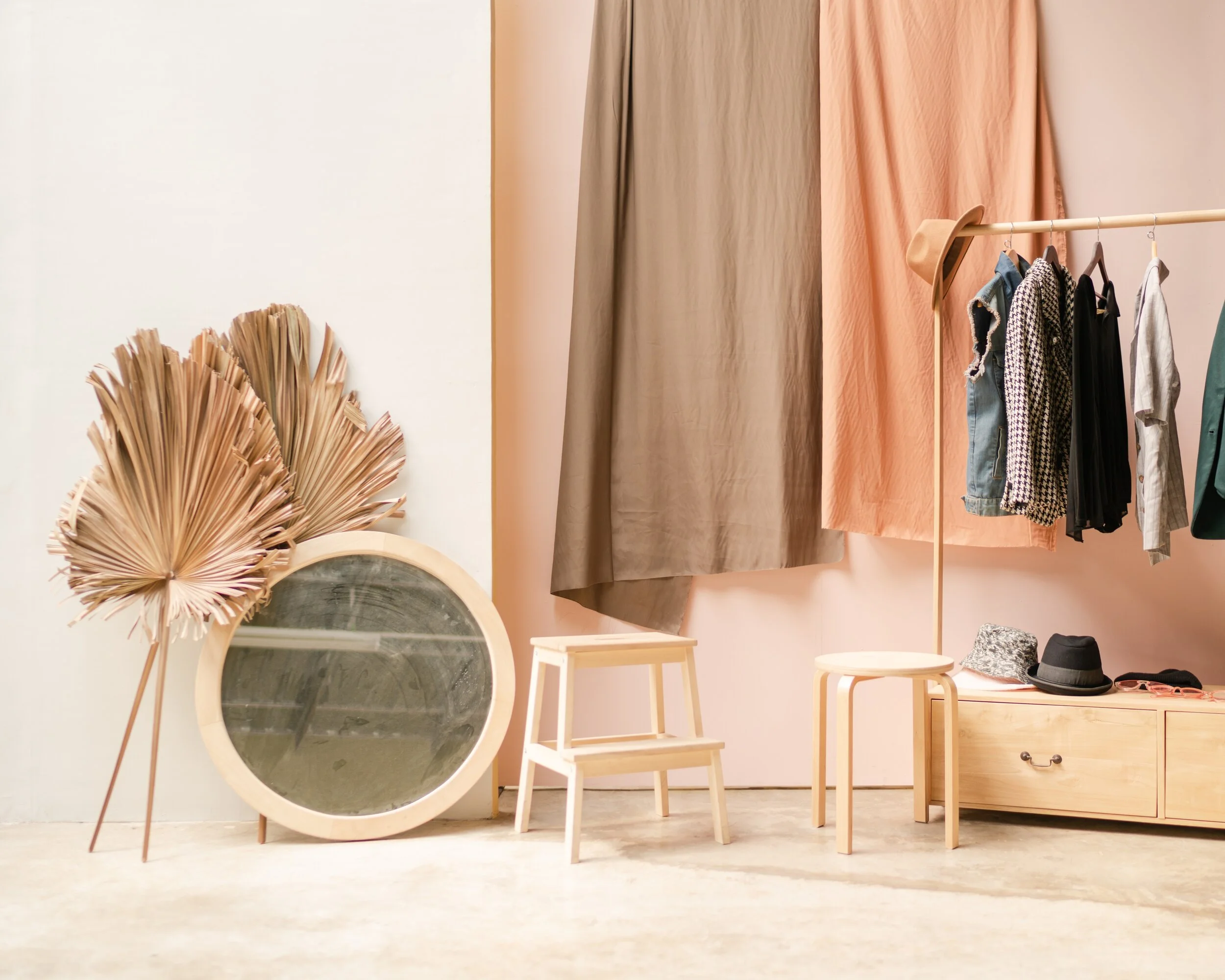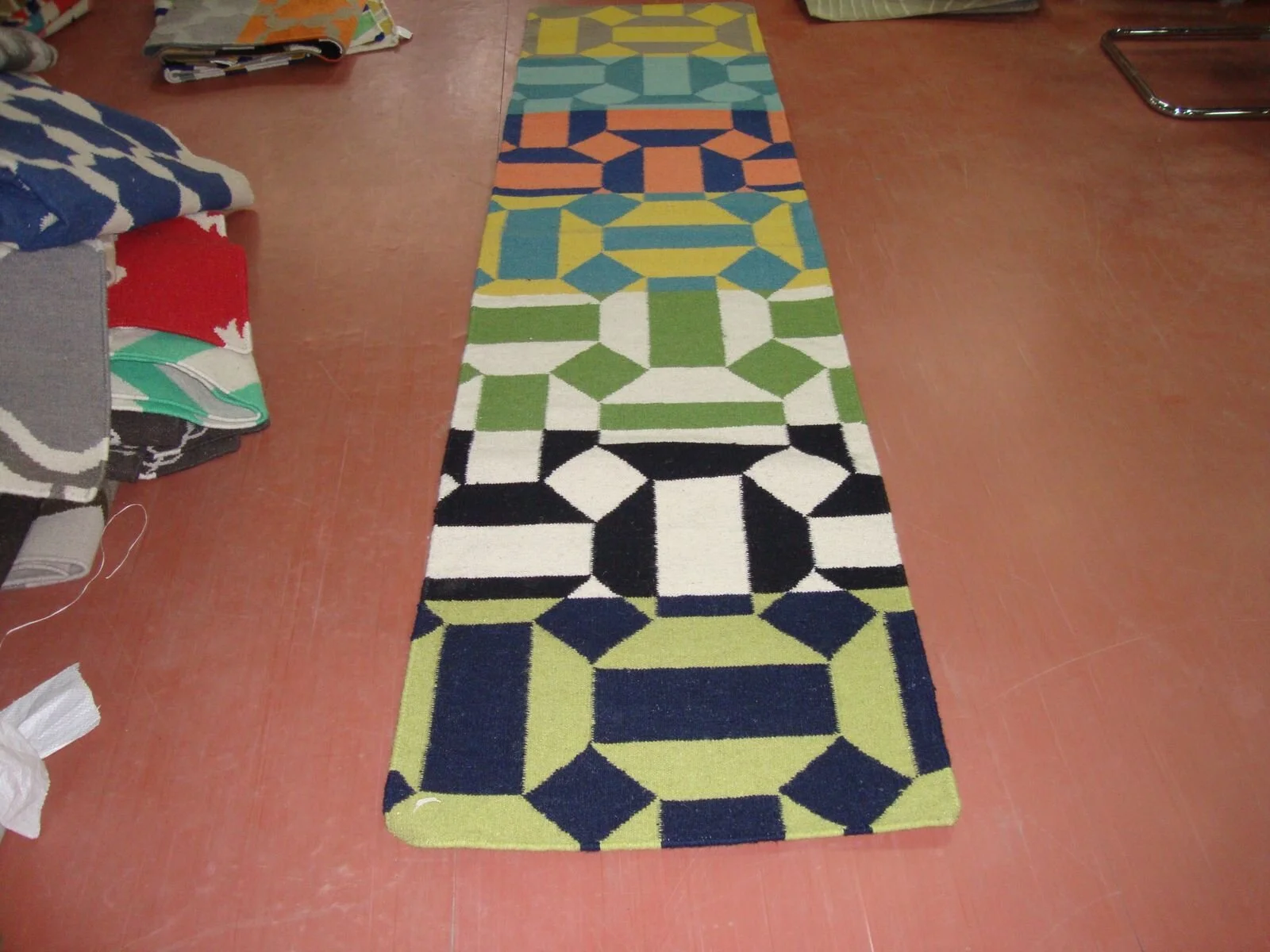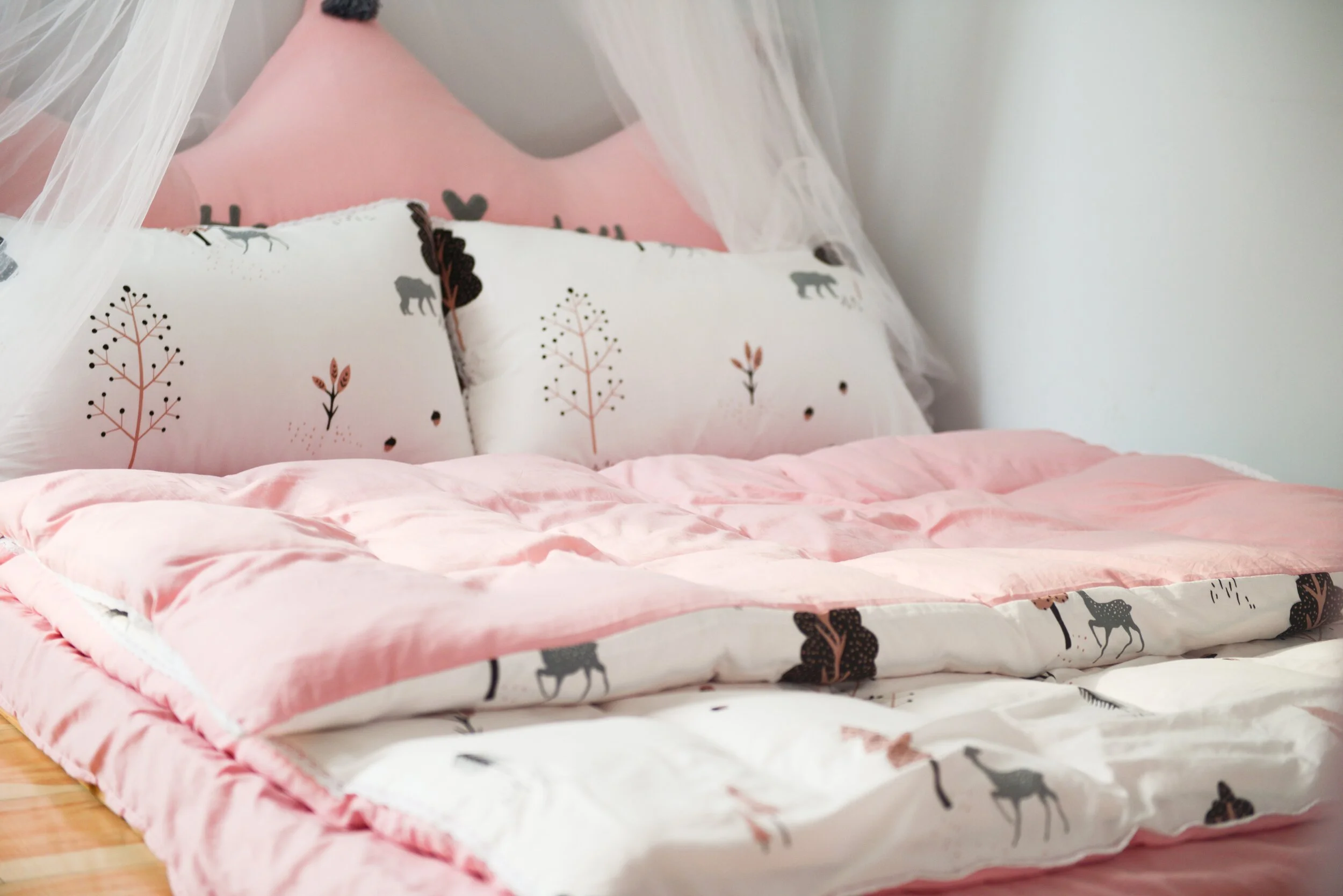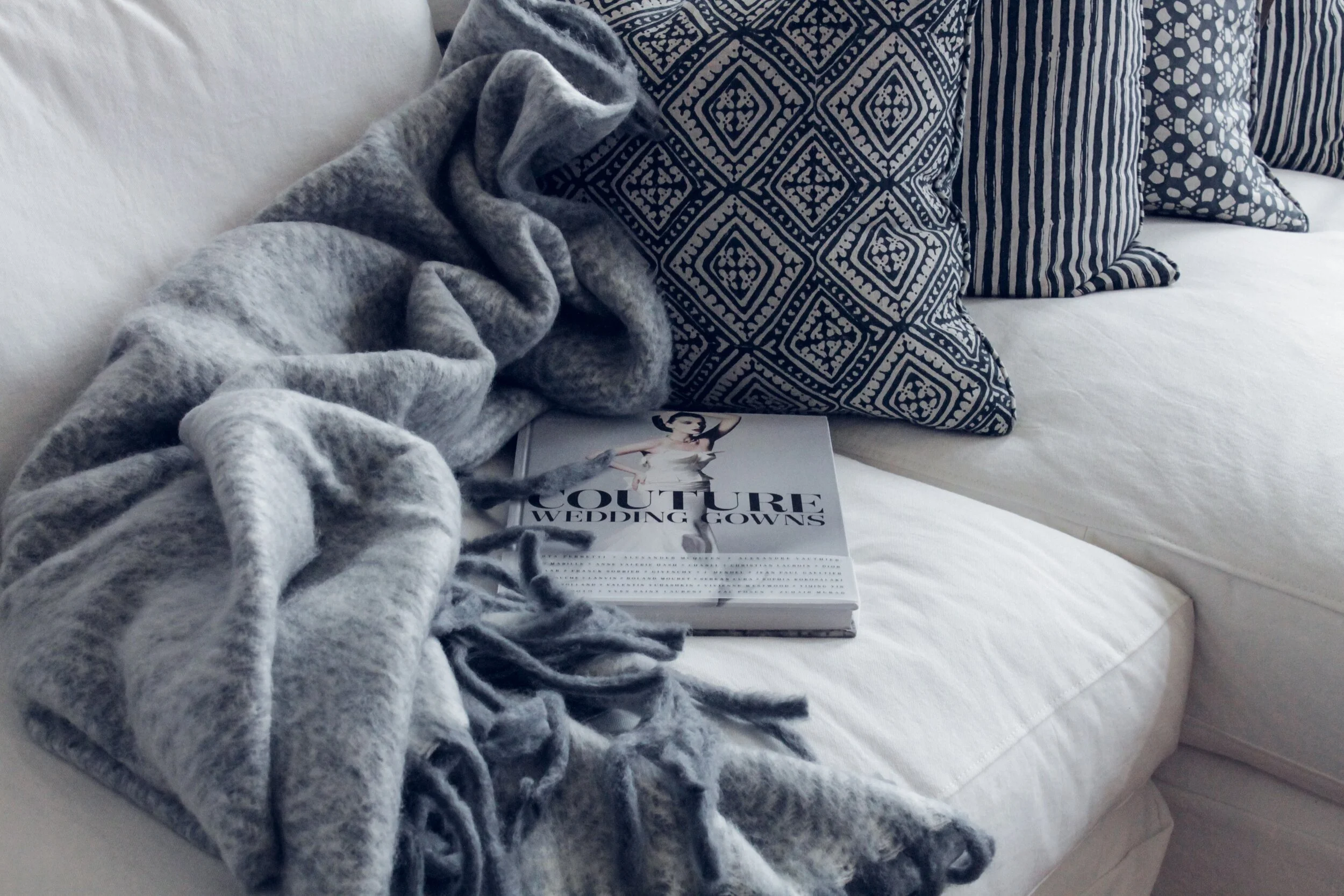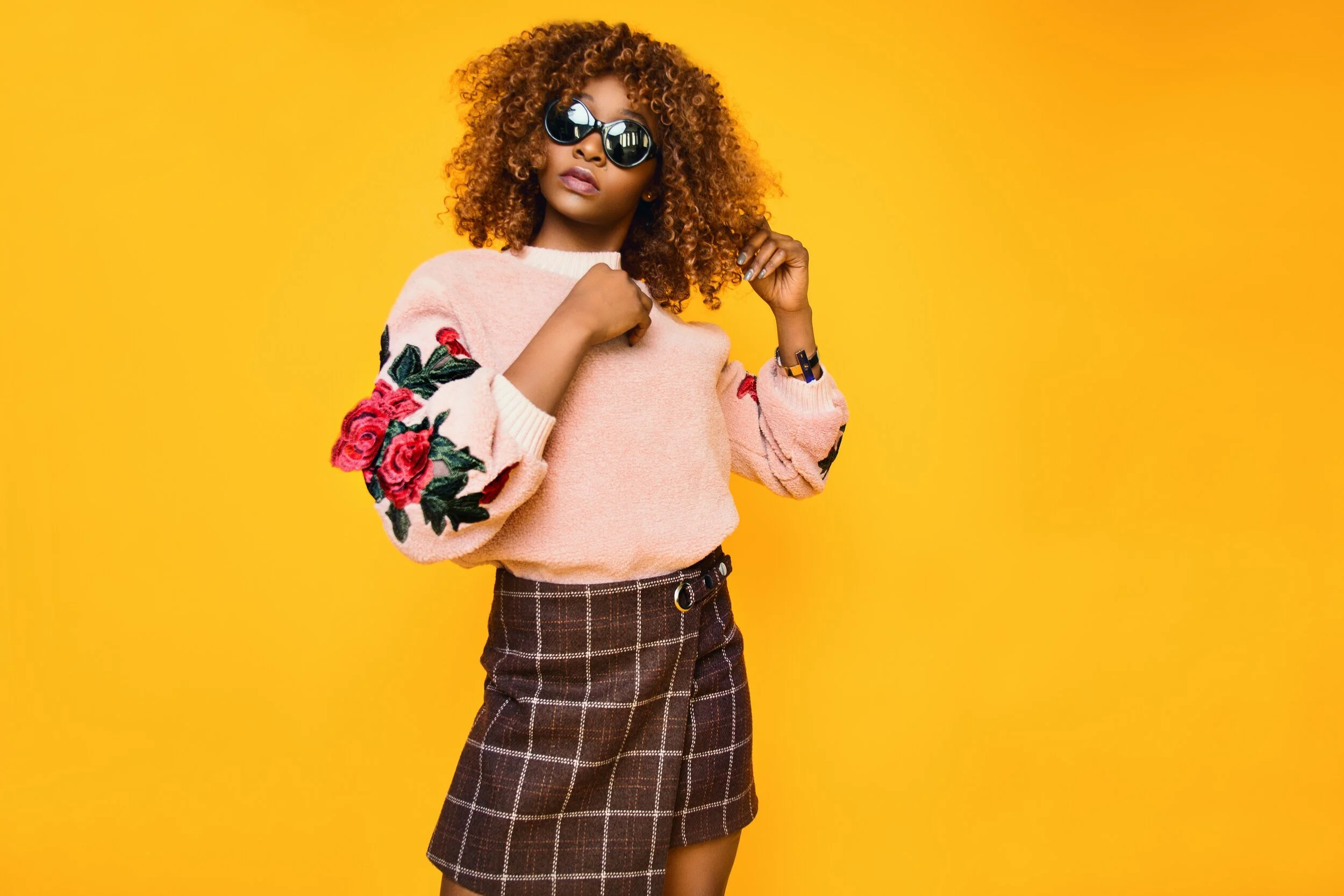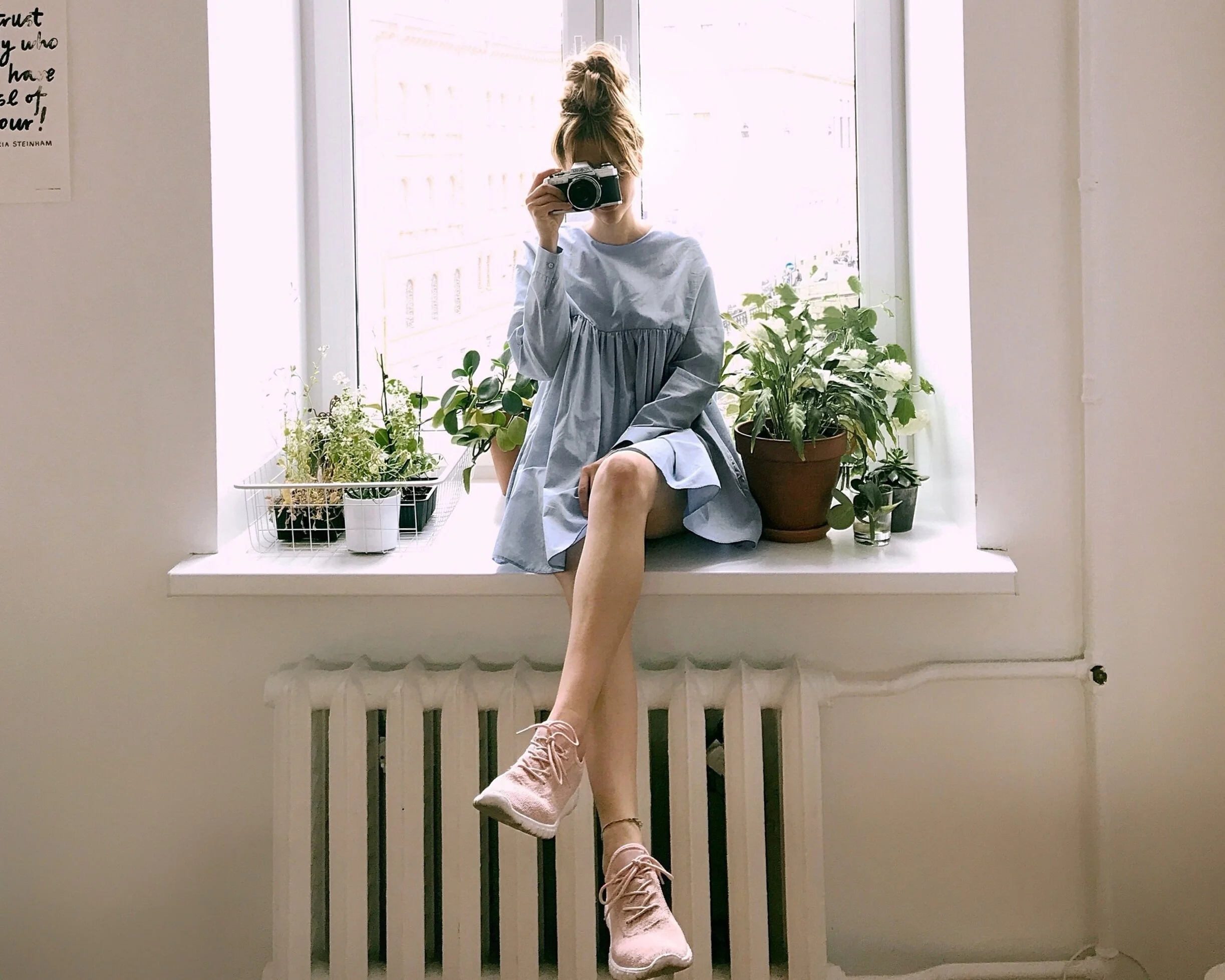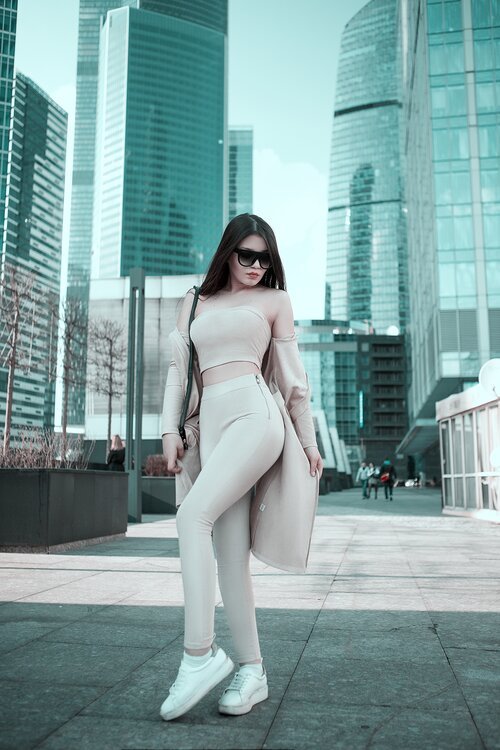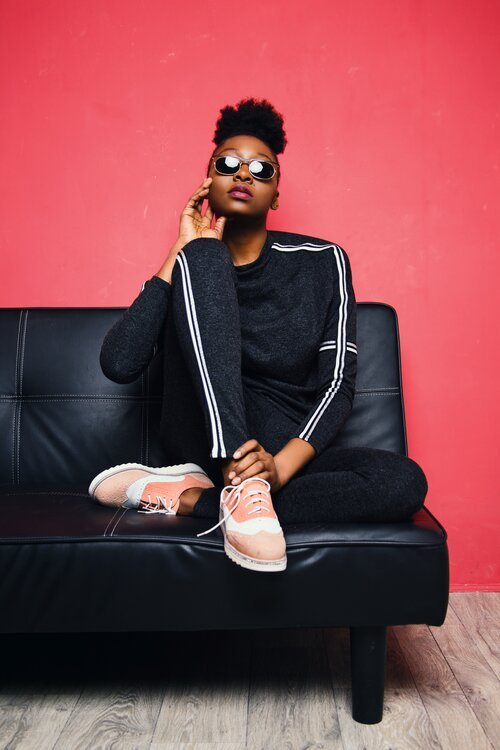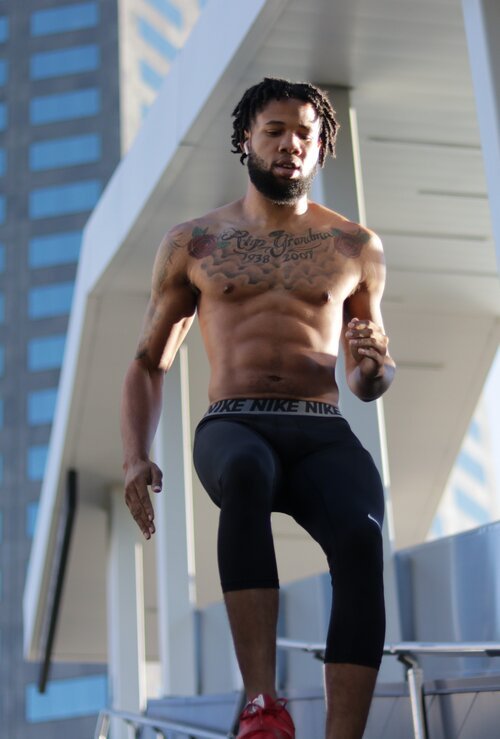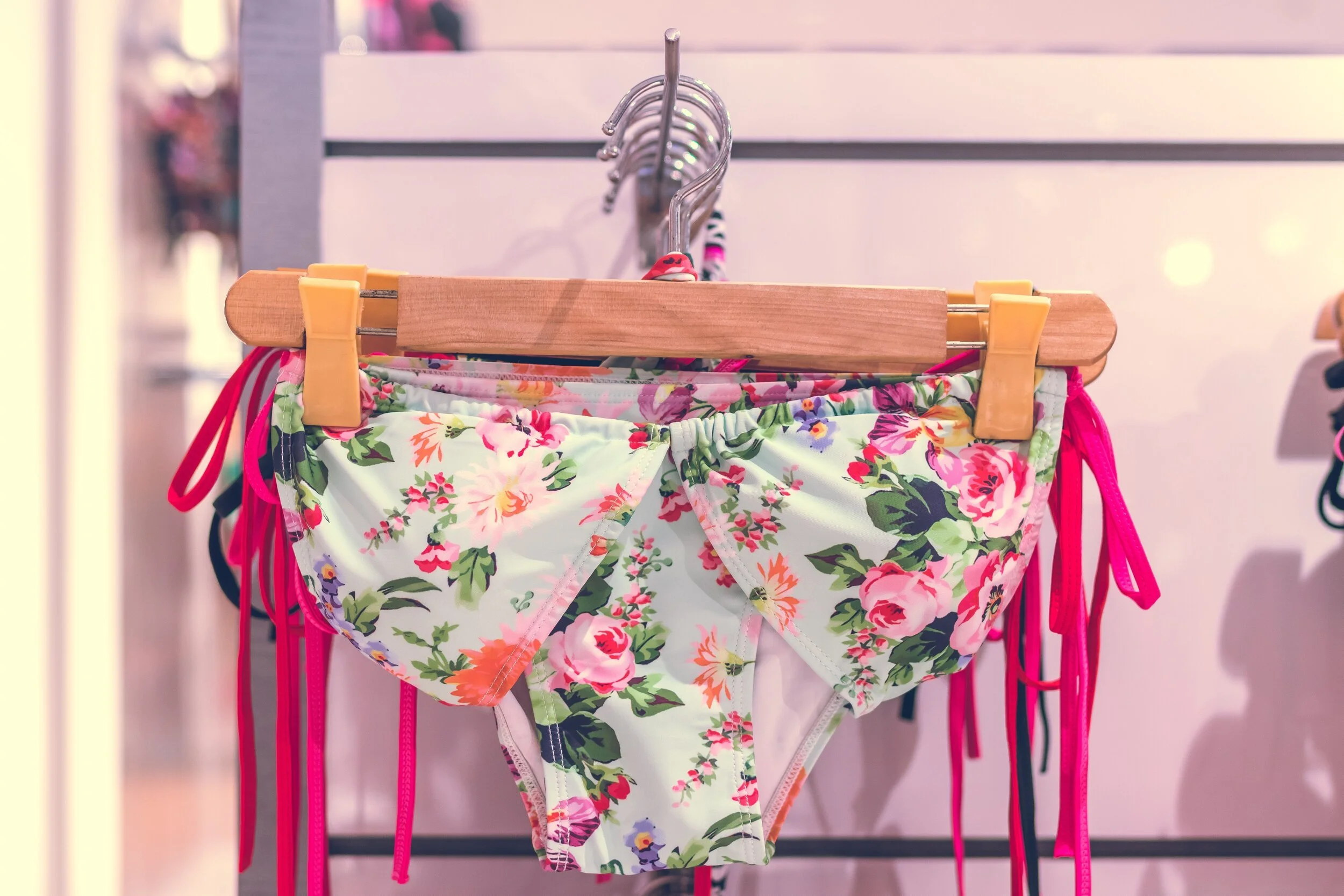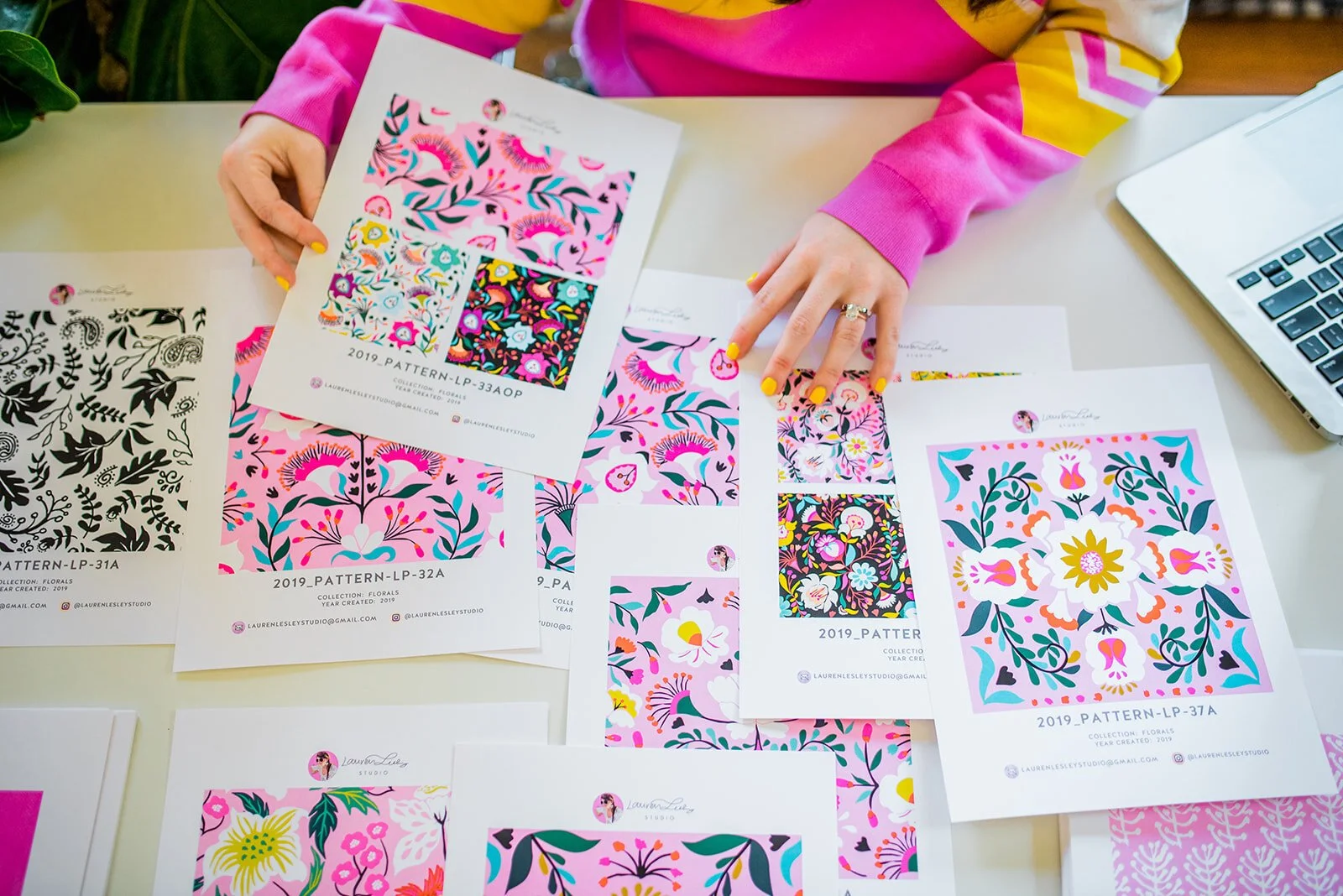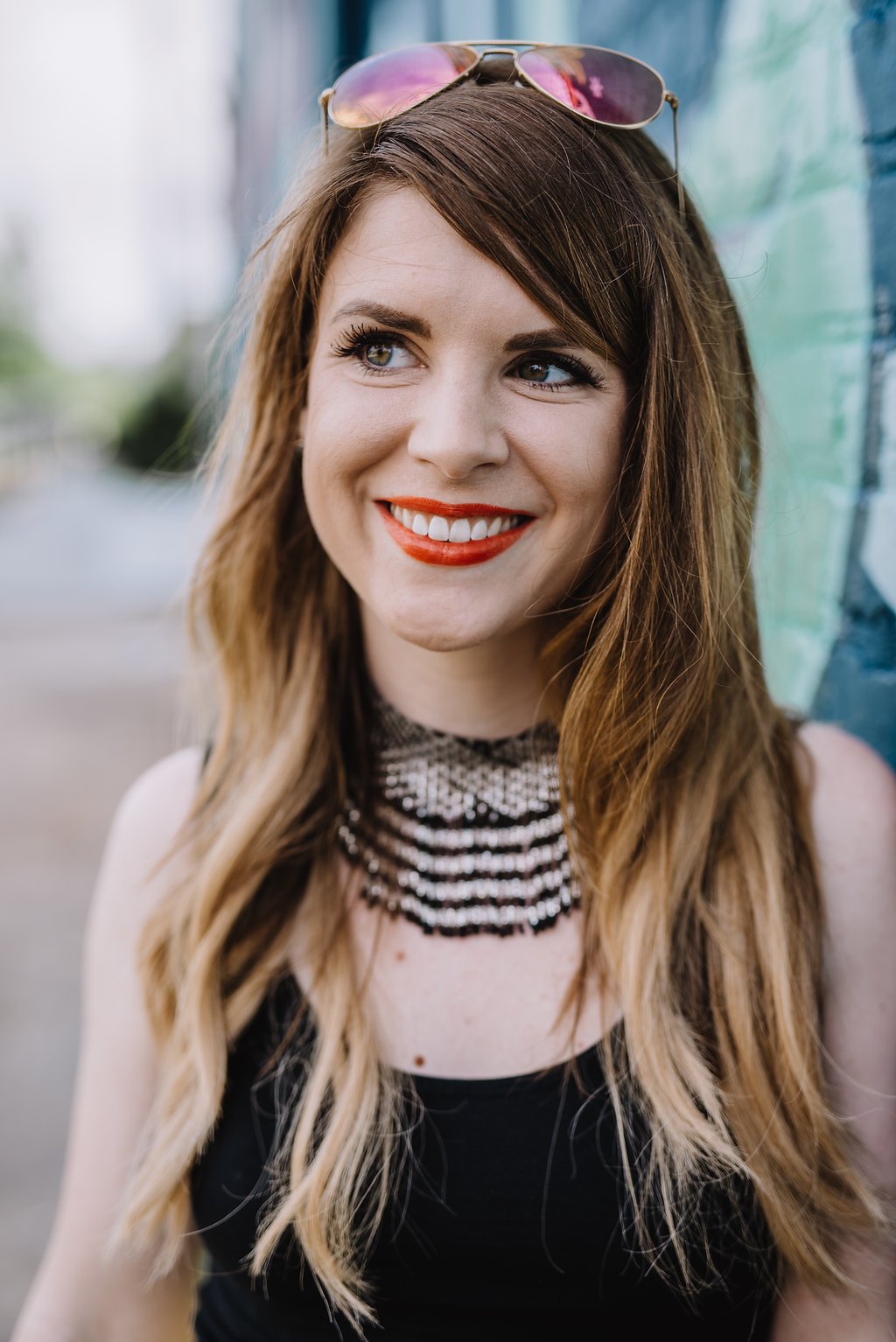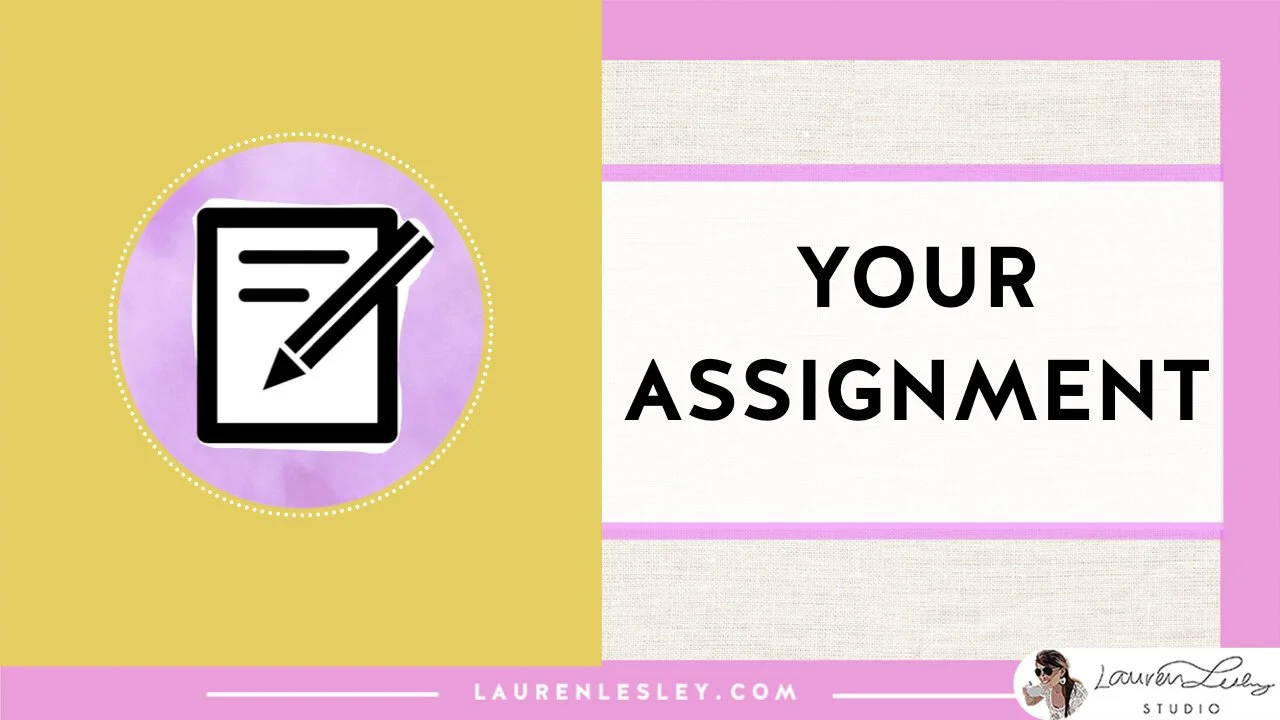Textile Design Jobs | Types of Textile Design Jobs (TOP 10 LIST!!)
Textile Design Jobs
Discover the types of Textile Design Jobs with my Top 10 List.
Textile Design Jobs are everywhere, and as a Textile Designer, I truly believe that a career in Textile Design is one of the most rewarding and creative careers available!
I stand by the belief that you don’t need a degree in Textile Design to become a Textile Designer! I know, because I did it. ;)
WHAT DOES A TEXTILE DESIGNER DO?
Now, you may be wondering, “What does a Textile Designer actually do?” and if you’re curious about the job responsibilities and the day-to-day of a Textile Designer you should check out my other video here, What Does a Textile Designer Do?
Otherwise, to explain a Textile Designer’s job briefly, a Textile Designer basically creates the designs and patterns seen on soft products like fabric or apparel and is often times also responsible for the product development end of things as well which involves the construction of the actual product.
WATCH MY YOUTUBE VIDEO
TEXTILE DESIGN JOBS
1 | FABRIC DESIGNER
So not surprisingly, the most common understanding of a Textile Designer is a Fabric Designer.
Fabric Designers will create commercially appealing fabrics for the textile interiors market including office, residential, hospitality, and healthcare segments. They are generally responsible for researching trends, understanding the industry needs, and coming up with original ideas for fabrics.
Fabric Designers should be able to develop their designs from the concept phase all the way to the product launch. They should be able analyze their samples and prototypes in a smart way, and receive feedback openly.
Fabric Designers generally report to a Design Manager, Art Director, or Creative Director. Some companies that Fabric Designers could work for include companies like Milliken, Robert Kaufman Fabrics, or Kravet Fabrics.
These are U.S. based companies so my apologies for my overseas viewers - I’m mostly familiar with U.S. companies.
2 | SOFT FLOORING
The next category I called “Soft Flooring” because it encompasses designing different textiles that go on the floor.
For those of you who know me, you know I was a Rug Designer for 7 years working for a manufacturer in Atlanta, GA and I absolutely love rugs! If you are new here, make sure to hit that subscribe button and click the bell to get notified every time I come out with a new video.
So, in the “Soft Flooring” category, you could be a Rug Designer, you could design Wall-To-Wall carpet, or you could design things like Bath Mats or Door Mats.
Your responsibilities would include trend research, creating a color palette, sometimes working with private label clients or licensors, and developing new projects to show at market at least twice a year, sometimes up to 4 times a year.
3 | BEDDING DESIGNER
Bedding Designers often work with private label clients and develop trend strategies that support the specific brand. They are responsible for the design, development, selection and approval of materials, trims, silhouettes, colors and patterns.
Bedding designers usually report to a Design Director or VP of Design or Product Development and help execute a strategic vision that is very customer-centric. Bedding Designers also have to think about how to deliver on sales and profit objectives with their projects. In other words, they need a commercial brain when they are designing.
Bedding Designers are often responsible for developing an assortment - which means you not only have to think about the individual designs, but also how all of the products will coordinate as a collection.
Imagine a bed that has sheets, a duvet, maybe a quilt, Standard Shams, Euro Shams, a bed skirt, and perhaps a throw on the end of the bed. All of these items must work beautifully together on 1 bed.
4 | SOFT GOODS IN HOME DÉCOR
Other Textile Design jobs involve working on a variety of textile products within a certain industry like Home Décor.
For example, if you worked at a company like Envogue International, based out of New York City, you would design a range of products such as pillows, throws, window curtains, aprons, kitchen + table linens, etc, as per the project requirements.
In this kind of role, the designer should understand how to use programs like Photoshop and Illustrator and should have a basic knowledge of fabric and embroidery techniques.
If you have a serious interest in becoming a Textile Designer, but lack some of these skills - please check out my signature course, Textile Star, where I teach designers how to gain a more creative career in Textile Design.
5 | FASHION DESIGNER / APPAREL DESIGNER
#5 is a Fashion Designer or a Textile Designer who designs Apparel.
Take my friend, Alex Duffley, for example! We worked together as rug designers back in Atlanta, but then she moved to New York and became a Fashion Designer for Michael Kors.
Often times, Textile Design Jobs can transcend across different industries.
As a Fashion Designer, you would be expected to work with the Design, Merchandising, and Product Development teams to design compelling and market relevant designs.
Depending on the company’s market and values, your core priorities may be to something like comfort, fit, and or durability. If you work in “Fast Fashion” then your core priority may be to low prices and new key trends.
If you work in “Ethical Fashion” your priorities would be to source natural fibers that are biodegradable such as cotton, wool, linen, or silk, or to source recycled PET, and to ensure you manufacture products with companies committed to good labor environments and practices.
You may even work with natural dyes or develop a line that has a more “earthy” or eco-friendly-looking color palette.
6 | BABY / KIDSWEAR DESIGNER
#6 is a Baby or Kidswear Designer. There are several niches within the Fashion or Apparel realm and Kidswear is a fun industry to work in!
Textile Designers in Kidswear are expected to create original designs, illustrations, graphics and prints that make sense for children. Sometimes they’ll have to translate textile designs into development that specify product attributes.
They’ll need to understand various kinds of textile design and execution techniques on multiple fabrications, including printing, weaving, and embellishments. They’ll need to collaborate with design and technical teams to ensure high quality in production by identifying, troubleshooting, and resolving textile production issues.
Some popular Kidswear companies in the U.S. include Carter’s, Gymboree, and Mudpie.
7 | ATHLETIC WEAR DESIGNER
As a Textile Designer for Athletic Wear, you’ll need to think in terms of performance, durability, and lifestyle. In other words, you’ll always need to keep in mind the high energy activities that people will be doing while wearing the apparel.
Does the apparel need to retain or resist moisture?
Does it need to be absorbent or allow a good amount of air permeability?
Should the apparel be loose or tight?
As a general rule, the apparel should be comfortable and not rub the skin during vigorous exercise.
The designer will responsible for researching seasonal trends in activity, silhouette, color, fabric, trim, etc. The designer would also attend trade shows, meet with vendors, suppliers, and key customer accounts as required.
8 | SWIMWEAR DESIGNER
Swimwear designers will research concepts from magazines, runways, other retailers, as well as vintage designs!
They will source waterproof fabrics and will approve or revise color lab dips, strikes offs, etc.
Like other Textile Designers, they will present concept boards for the Swimwear Line, will work on garment construction, and will sample ideas with overseas factories.
9 | FREELANCE TEXTILE DESIGNER
Now, all of the Textile Designer roles I just mentioned were described as In-House positions… However, as a Textile Designer you can also work as a Freelancer!
Freelancing can offer a lot of freedom, but it can also be unstable. I DO NOT recommend trying to work as a freelance Textile Designer if you have never worked for a company before. There is so much to learn ON THE JOB and about the business side of things that it really is to your benefit to work for a company first.
10 | ART LICENSING FOR TEXTILES
Also, known as SURFACE PATTERN DESIGN
Art Licensing is also a wonderful field to get into as a Textile Designer once you feel ready.
It can also be referred to as Surface Pattern Design, because often times as a licensor you focus more on the 2-D side of things by presenting prints and patterns, but you don’t always have a hand in the product development. For example, you might not see new constructions developed by a supplier or what goes on with new textile techniques, new yarns, etc.
Art Licensing can be difficult to get into, because you get paid in royalties. This means, it could take anywhere from 6 months to 2 years to start earning a full-time income again. Many have broken into the art licensing world by saving 6 months of their salary, leaning on a supportive family member, or freelancing or working a part-time job while breaking into the business.
In art licensing, you can exhibit at trade shows or work with an agent who will represent you at trade shows such as Blueprint or Surtex.
SKETCHBOOKING YOUR STYLE
By the way, if you’re wanting to get in the Surface Pattern Design / Illustration game, but you are really struggling to develop your own art style, be sure to check out my free workshop.
It includes how to create a system for creating your own, unique Art Style.
Sign up below!
VOTE BELOW:
For your assignment, leave me a comment below and VOTE ON which type of Textile Designer or industry you’d like to work in the most!
Fabric Designer
Soft Flooring
Bedding Designer
Soft Goods in Home Décor
Fashion Designer / Apparel
Baby / Kidswear Designer
Athletic Wear Designer
Swimwear Designer
Freelance Textile Designer
Art Licensing

